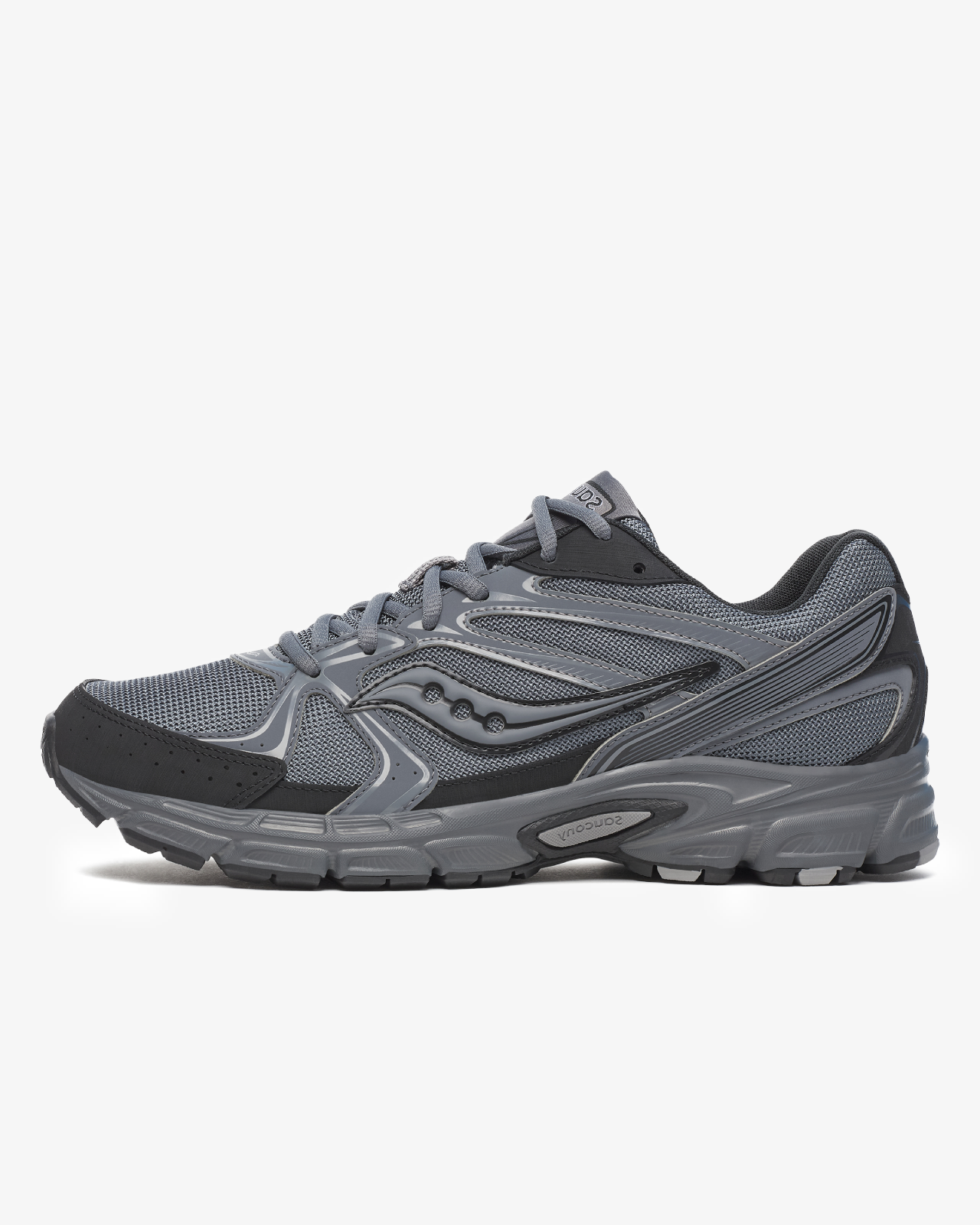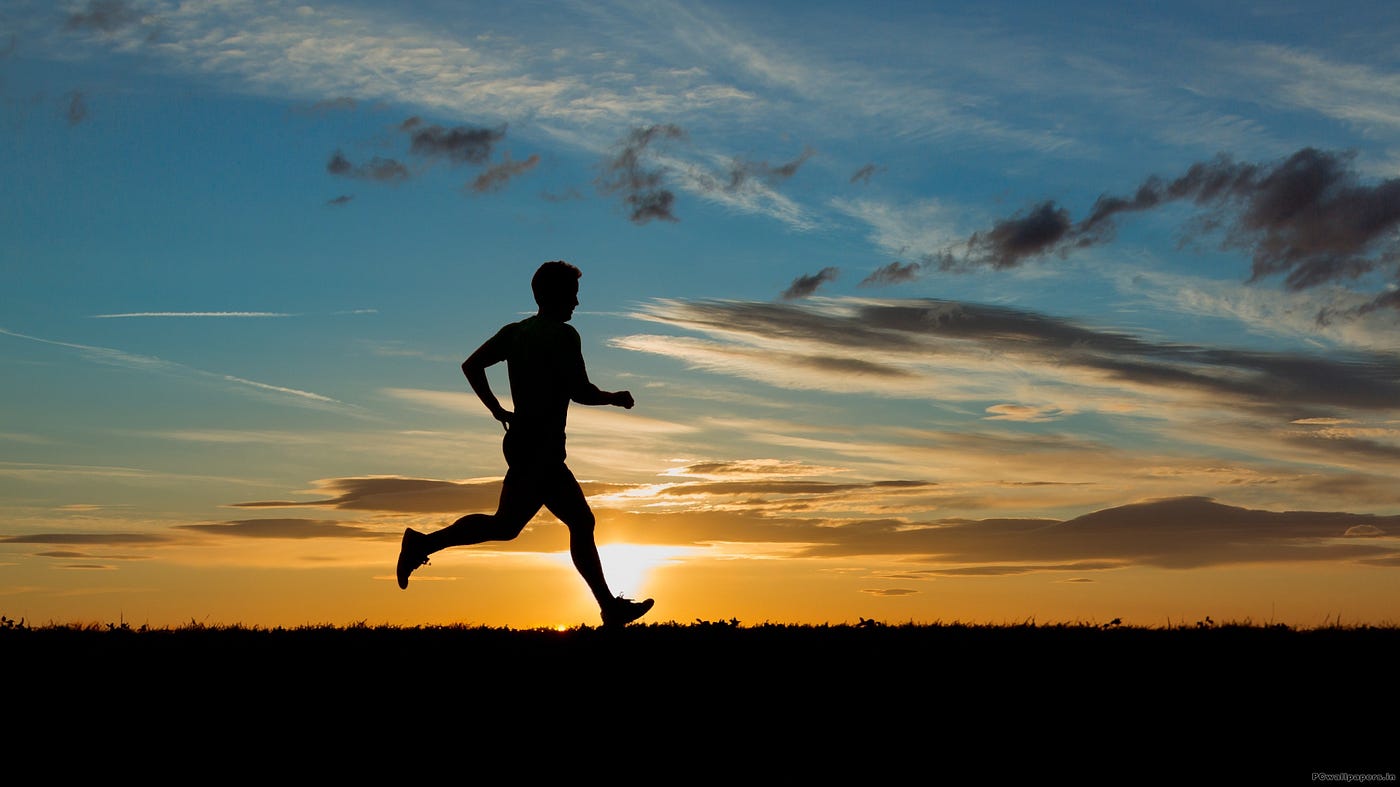Running is the most natural movement for humans. It has been part of our nature since the dawn of humanity and continues to play an important role in our lives. Have you ever wondered how this simple action has evolved over the centuries?
From a means of survival to an Olympic discipline and a grassroots sport, running has a rich history that tells a lot about the development of human civilization. Today at BLSTC , we will introduce you to the history of running.
Running at the dawn of humanity – a survival instinct
In prehistoric times, the phrase "run for your life" had a literal meaning. Our ancestors didn't train for marathons or sprints—they ran to survive.
Early hominids developed unique physiological adaptations that allowed them to run effectively:
- Upright position, freeing up hands
- Special foot structure acting as a shock absorber
- Ability to cool through sweating
- Endurance to allow for long distance walking
Interesting fact: Paleoanthropologists believe that early humans used what is known as "endurance running" as a hunting strategy. They would chase their prey for hours until the animals were completely exhausted.
During this period, there was no sporting aspect to running . There were no training methods or plans for cavemen – running was a pure necessity related to survival and finding food.
Ancient civilizations and the transformation of running into a sport
As civilization developed, running began to take on new dimensions. The ancient Egyptians, around 3800 BC, already included physical exercise, including running, as part of the daily lives of the upper social classes and military training.
The real transformation, however, came with the ancient Greeks, who turned physical activity into an art and philosophy. For the Greeks, the beauty and strength of the body were integral to the ideal of the perfect man.
The Olympic Games and the Cult of Physical Perfection
The first documented Olympic Games were held in 776 BC, with running as the central event. Here's what the first running events looked like:
| Discipline | Distance | Description |
|---|---|---|
| Stadium | ~192 meters | One-length sprint in the stadium |
| Diaulos | ~384 meters | Running two lengths of the stadium |
| Dolichos | ~4800 meters | Long distance running |
To the ancient Greeks, athletes were heroes. Winners of running competitions were awarded olive wreaths and immense fame. Their names and achievements were recorded for generations.
Running was not just a sport, but also an important part of military training. In Sparta, young men practiced running with heavy equipment as part of their preparation for war.
Running in the modern era – evolution and popularity
After the decline of ancient civilizations, running as a sport experienced periods of rise and decline. Its true revival began in the 19th century, when physical education became part of the educational system in many European countries.
The revival of the Olympic Games in 1896 marked a turning point in the history of running. Greek athlete Spyridon Louis won the first Olympic marathon and became a national hero.
Over the past 100 years, running has transformed from an elite sport into a mass activity. Today, millions of people around the world practice running as:
- A means of maintaining good physical shape
- A way to cope with stress
- Hobbies and social activities
- Competitive sport at different levels
Technology is also making its mark on this ancient sport. From specialized shoes with carbon plates to smartwatches that measure every aspect of your run, modern runners have tools at their disposal that the ancient Greeks could not even dream of.
The popularity of running in modern times
Running is one of the most accessible sports today. You don't need special infrastructure or expensive equipment to get started. That's why thousands of people participate in marathons, half marathons, and other running events every year.
In fact, the history of fitness shows that running has always been a fundamental exercise, at the heart of almost every training program. Physical exercises that include running have remained a constant in training regimens throughout the centuries.
Conclusion
From "run or be eaten" to "run for a medal or for fun" - the history of running reflects the evolution of human civilization. Starting as a means of survival, it became a competitive sport among the ancient Greeks and has reached us as a mass activity practiced by millions of people.
While technology and training methods continue to evolve, the very essence of running remains unchanged. It is the purest form of movement, embedded deep in our DNA.
The next time you lace up your running shoes , think about the long journey running has taken—from the prehistoric plains to the modern racetrack. And whether you run for health, pleasure, or competition, you're part of a tradition as old as humanity itself.
And why do you run? To stay in shape, for competitions, or simply because it brings you joy? Share in the comments!








